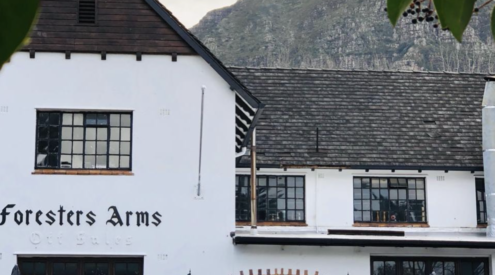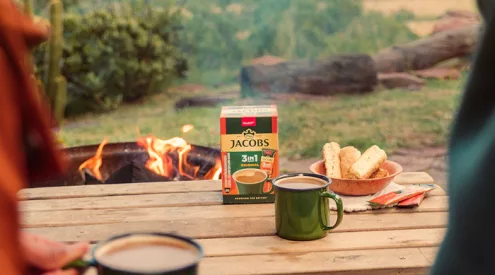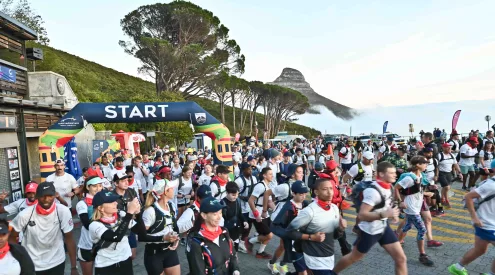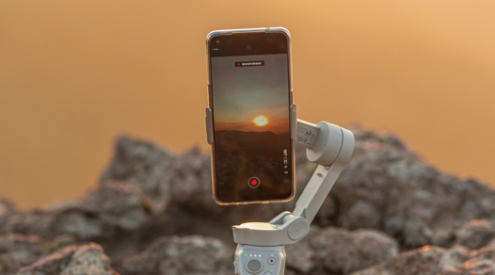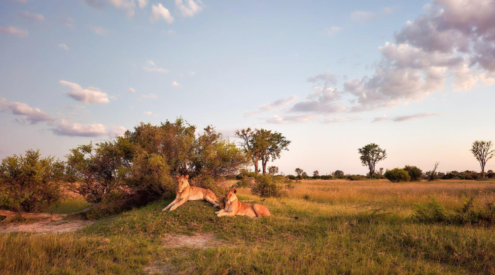It’s happened to all of us: you stumble upon an exquisite subject and grab a quick shot before moving on. It’s only later when you’re looking through your images that you realise you don’t have that perfect shot. ‘If only you’d stayed longer and worked a little harder,’ the voice in your head screams.
Missed opportunities are hugely problematic for photographers still trying to find their way in the game of photography, but there are some tricks you can pick up from the pros.
Watch any top photographer and you’ll soon notice that they tend to move quickly between subjects, but stay longer with specific subjects. An experienced eye is better versed in identifying subjects that will make great pictures, so they waste less time on poor subjects. Once committing to a subject, however, they don’t leave until they’ve exhausted the photographic opportunities.
To get better at this, you need a two-pronged approach. Firstly, you need to improve your ability to identify good subjects. That’s the easy part; just look at photographs, the more the better. By looking, you’re creating a mental crib sheet of the kinds of things that make great shots. When you spot a subject similar to a picture you’ve seen work well before, you know you’re onto something good.
The second part is to teach your brain to think creatively. This is slightly harder, but here’s a recipe to help you on the way. When you approach a subject, follow as many of these steps as possible:
- Shoot the subject as you first saw it.
- Change the orientation, so shoot both landscape and portrait options.
- Go closer.
- Go even closer.
- Step back.
- Shoot from above.
- Shoot from below.
- Angle the frame to dramatically skew the traditional orientation.
- Change the direction of the light. Experiment with light from back, side, front and add flash.
- Try various apertures to give different depths of field.
- Change exposures to see if you discover something unique.
Yes, we’re talking time and a couple of hundred shots here. Don’t be embarrassed by this ‘sketching’ with your camera. As you work through your options, you’ll see more and more potential in the subject. Do this and your photography will jump to the next level – guaranteed.


